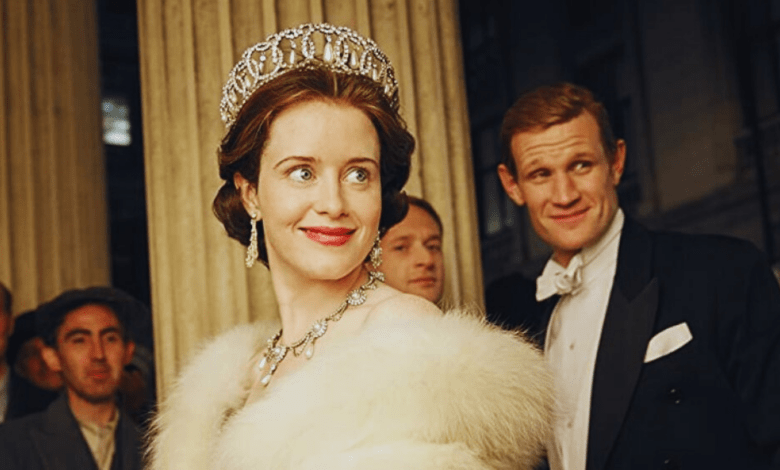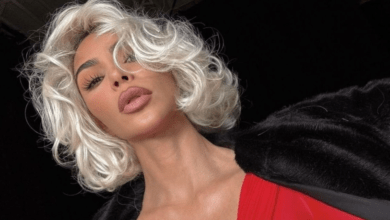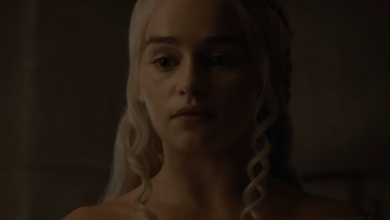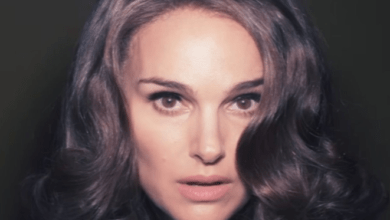‘The Crown’ Concludes with an Anticlimactic Ending: TV Review

The final instalment of “The Crown,” concluding this week with six episodes to wrap up its last season, revolves around two significant voids. The first centres on the death of Princess Diana (Elizabeth Debicki), encompassing her final weeks, tragic car accident, and funeral, explored in the season’s initial part released last month. The second vacuum arises from the passing of Queen Elizabeth II (Imelda Staunton), the series’ primary focus. While “The Crown” doesn’t depict the Queen’s 2022 demise on screen, creator Peter Morgan chose to conclude his magnum opus well before the present day. However, the conclusion of Elizabeth’s life naturally looms over the ending of a television show portraying the first half-century of her reign.
‘The Crown’ Concludes with an Anticlimactic Ending
Inevitably, the final stretch of “The Crown” is shaped more by what it cannot depict or chooses not to show than by the actual events visible to the audience. Ever since the introduction of Emma Corrin as the future Princess of Wales in Season 4, Diana has been the focal point of the latter half of “The Crown,” a decade-by-decade portrayal of the British monarchy from the aftermath of World War II to the 21st century. Her abrupt absence from the show creates a feeling of disorientation, mirroring the collective emotions experienced worldwide over 25 years ago. Without this charismatic focal point, “The Crown” takes on a subdued quality—its colours muted, its volume lowered. The atmosphere is both reflective of the post-Diana era and a less-than-ideal note on which to conclude a project of such grand ambition and scope.
Compounding the situation is Morgan’s decision to confine himself to moments featuring significant milestones that lack the excitement of a tabloid scandal or the sorrow of a premature death. To capture such events, Morgan would have needed to extend the show into the late 2010s when American actress Meghan Markle had a profound impact on the royals, rivalled only by that of her mother-in-law. However, “The Crown” utilizes the material at hand, focusing on the courtship of Prince William (Ed McVey) and Kate Middleton (Meg Bellamy) at a Scottish university, the death of Princess Margaret (Lesley Manville) due to complications from a stroke, and the marriage of Prince Charles (Dominic West) and Camilla Parker-Bowles (Olivia Williams) after decades of partnership.
None of these occurrences come close to matching Diana’s enduring impact on the cultural landscape, a reality implicitly acknowledged by “The Crown” in its distribution of narrative focus. Part 1 of the season, primarily centred on the Princess, unfolds within a concise eight-week period. In contrast, Part 2 swiftly progresses from William’s return to Eton post-funeral, through the turn of the millennium, the onset of the Iraq War, and ultimately Charles’ wedding. This final chapter spans almost a decade, shifting its attention from the royals’ cautiously optimistic future (William and Kate) to their firmly concluded past (Elizabeth and Philip—the latter, portrayed by Jonathan Pryce, explicitly deeming the couple a “dying breed”).
“The Crown” faces a distinctive dramatic challenge due to its unique structure. Similar to the previous generation of royals, Charles and Diana, creator Peter Morgan must now shape William and his brother Harry (Luther Ford) into central protagonists—an intricate task when the audience is aware that their time in focus is limited. The narrative constraints limit the development of either prince into fully realized characters. The most captivating moments extend from Diana’s storyline: a grieving William confronts his father, and Carole Middleton (Eve Best) is portrayed as a more successful version of Mohamed al-Fayed (Salim Daw)—an assertive parent guiding their child into a high-profile relationship. While the Middletons avoid battling anti-Arab racism, William, Harry, and Kate remain elusive, with the script often relying on vague hints at the brothers’ future disagreements to bridge the gaps. Only William receives a dedicated episode, and Harry’s infamous Nazi Halloween costume is a secondary subplot in the series finale, with a tepid reference to joining the military attempting to conclude his narrative.
Instead, “The Crown” re-centers Elizabeth after seasons where the monarch played a marginal role. The Queen’s grandsons feel underserved partly because the series must balance the commencement of their story with the conclusion of their matriarch’s. The positive aspect is that the show is more adept at the latter task. However, the drawback is that, in presenting a closing argument, “The Crown” revisits some of its most conservative and less captivating themes. Similar to Gillian Anderson’s Margaret Thatcher, Tony Blair (Bertie Carvel) acts as a natural foil—a reformer challenging Elizabeth to defend the status quo. When Blair suggests cutting roles like the royal swan keeper for fiscal restraint, Elizabeth contends that “tradition is our strength.” She argues that her subjects want to feel they’ve entered another realm, and creating a transportive, politically neutral sense of otherworldly grandeur is their duty. “The Crown” subtly acknowledges the potential absurdity in practice, with a servant solemnly mentioning the difficulty of mastering the Dutch bonnet napkin fold.
The sincerity of the show shines through in the final episode, explicitly contemplating mortality and legacy. “The Crown” has allowed critics of monarchism—Thatcher, Blair, and Diana among them—to express their views. However, it is Elizabeth who has the final say. Regardless of one’s agreement with her perspective, the concluding moments of “The Crown” articulate why ritual, stasis, and pageantry matter. Throughout its run, “The Crown” has strived to craft compelling drama from elements often at odds with the conventional—prioritizing consistency over novelty, obligation over desire, and stoicism over expressiveness. While not always successful, “The Crown” concludes as the truest version of itself.
All episodes of Season 6 Part 2 of “The Crown” are currently available for streaming on Netflix.
FAQs
Has Season 6 marked the conclusion of “The Crown”?
The reign of “The Crown” has officially concluded on Netflix with the release of the second part of the sixth and ultimate season. The streaming platform unveiled the remaining episodes of Season 6 of the popular drama, inspired by the British royal family’s lives, bringing the saga to a close after six seasons.
Does “The Crown” conclude with the death of the queen?
After six seasons, “The Crown” reached a poignant ending. In the series finale, the acclaimed Netflix drama depicting the royal family, created by Peter Morgan, alludes to Queen Elizabeth’s death and funeral—despite concluding its timeline almost two decades before the monarch’s actual passing.
In which years does “The Crown” Season 6 Part 2 take place?
Season 6 of “The Crown” is split into two parts. The first part centres on the last weeks of Princess Diana’s (Elizabeth Debicki) life before her tragic car crash in Paris in 1997, while the second half spans from 1998 to 2005.



